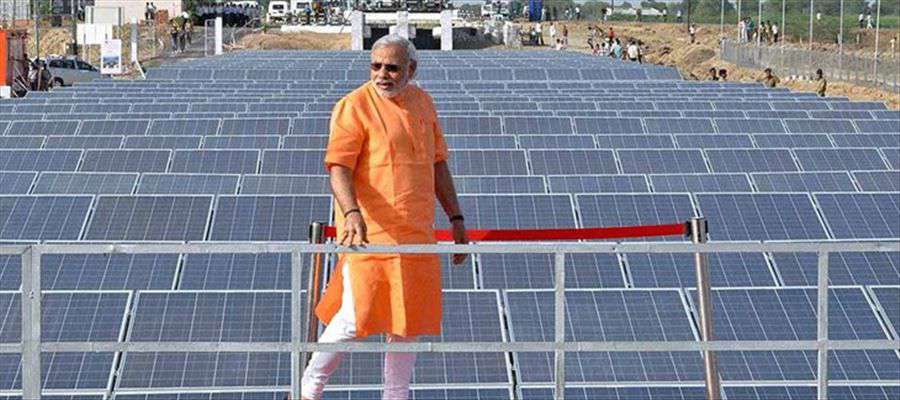The basic principle of the market is that there should equilibrium in demand and supply. The renewable energy sector is still far from reaching in equilibrium, and therefore, the Modi government has decided to push the renewable purchase obligation (RPO) from the current 17 percent to 21 percent by 2022. The Modi government has to increase the target because the renewable energy production growth rate is at an all time high in India. Recently, Power Minister R K Singh said that he has revised the target of renewable energy capacity addition from 175GW to 227GW by 2022. Globally, India stands 4th in wind power, 5th in renewable power and 6th in solar power installed capacity. Solar energy capacity has increased by 8 times from 2.63 GW in 2014 to 22 GW. Wind energy capacity increased by 1.6 times from 21 GW in 2014 to 34 GW.
Now the industry will face the problem of oversupply if it does revise the RPO targets. Therefore, according to an order from the power ministry “The solar purchase obligation will be up from 6.75 percent in FY19 to 10.50 percent in FY22. The non-solar purchase obligation will be up from 10.25 percent this fiscal to 10.50 percent in FY22.” The RPO puts an obligation on state power generation and distribution companies and certain private sector firms. Vishal Pandya, director of REConnect Energy, a company that helps power consumers meet their RPO requirements, said “The target is in sync with the recent decision to increase renewable energy targets, While a 21% RPO target is good at a national level, enforcement would remain key.” The major problem is that state government-owned power distribution companies are the vehicles which can change the pattern of energy consumption, but because it is up to the state whether they force their companies to implement the target or not, therefore, most of the states do not comply with the target set by the centre.
The reason behind escaping from the target is that coal-based energy is cheaper than renewable energy as of now, so the state does not want to meddle with public finance for the sake of clean energy. The concept of RPO was introduced in Electricity Act 2003 to create a demand for renewable energy in the market. As per the Act, large power consumers and distributors have two options- to set up wind or solar power farms and use power generated from these or purchase renewable energy certificates (RECs) from India’s power exchanges. The plan was good and ambitious if it had been implemented well, but none of the states except Gujarat, Tamil Nadu, and Rajasthan could meet the target. The big states of Uttar Pradesh and Bihar are already have financial problems, so we could not expect them to purchase energy at a costlier rate for the sake of increased clear energy consumption. The regulators in these states were not enforcing the rules, but there has been a considerable change in mindset over the past few years.
When the Electricity Act was implemented, most of the states were questioning and challenging its provisions, but now there is more acceptability of RPO. If the consumption target for renewable energy is not met then all the efforts of increasing renewable capacity will go in vain. The Modi government is known as a tough taskmaster, so we could expect that it will enforce the state regulators to reach the target.
